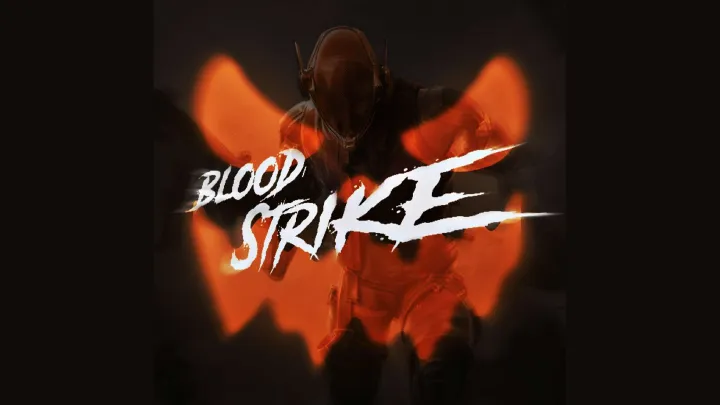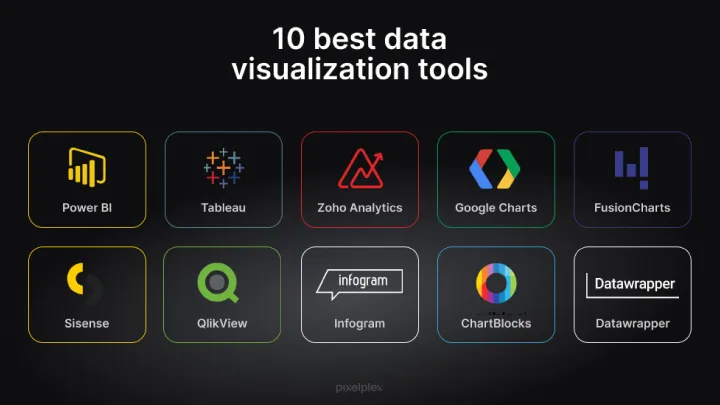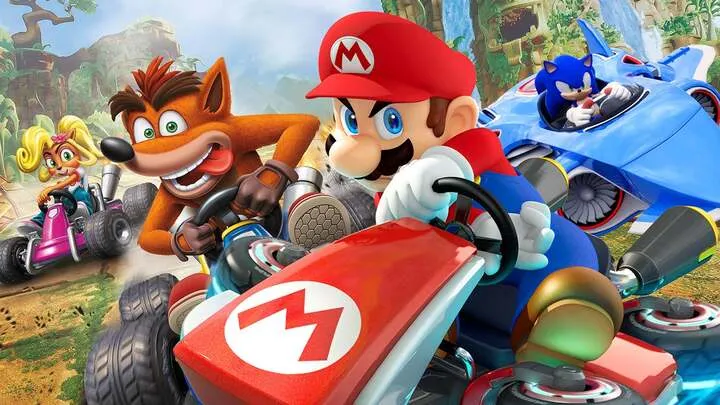World of Warplanes (WoWP) offers fast-paced aerial combat across a wide range of aircraft and nations. While the game has evolved with new mechanics and visual upgrades, one persistent issue continues to frustrate players: matchmaking imbalance. From tier mismatches to role distribution problems, the matchmaking system often creates uneven battles that undermine strategic depth and player satisfaction. This article explores the roots, mechanics, and consequences of matchmaking imbalance in WoWP, structured across 10 key sections that follow the player experience from queue to post-match analysis.
- The Purpose and Structure of Matchmaking Matchmaking in WoWP is designed to create balanced teams based on aircraft tier, type, and availability. The goal is to ensure competitive gameplay while maintaining short queue times. However, the system often prioritizes speed over fairness, leading to mismatched battles.
The current matchmaking algorithm uses a +/-1 tier spread, meaning Tier V aircraft can face Tier VI or Tier IV opponents. While this seems reasonable on paper, the performance gap between tiers—especially with premium aircraft—can be significant. The system also struggles to balance aircraft roles, such as fighters, bombers, and multirole planes.
Matchmaking Goals:
- Balance aircraft tiers and roles
- Maintain fast queue times
- Ensure fair and competitive gameplay
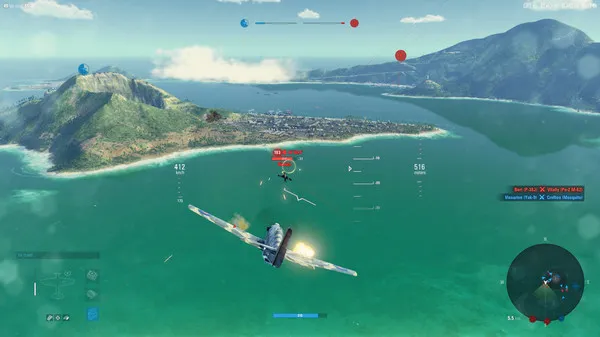
- Tier Imbalance and Its Impact Tier imbalance is one of the most common complaints among WoWP players. Lower-tier aircraft often face opponents with superior speed, firepower, and survivability. This creates a steep uphill battle, especially for new players grinding through tech trees.
Premium aircraft exacerbate this issue. Many Tier VI premiums outperform their tech tree counterparts, leading to unfair matchups. Players in standard Tier V planes often feel like cannon fodder, unable to contribute meaningfully to the battle.
Tier Imbalance Consequences:
- Reduced effectiveness of lower-tier aircraft
- Frustration and early match deaths
- Discouragement from progressing through tiers
- Role Distribution and Team Composition Aircraft roles in WoWP include fighters, heavy fighters, multirole planes, bombers, and ground attackers. Each role has a unique battlefield function, and balanced team composition is essential for strategic gameplay. Unfortunately, matchmaking often fails to distribute roles evenly.
A team with multiple bombers and few fighters may struggle to defend airspace, while a fighter-heavy team lacks ground attack capabilities. This imbalance leads to one-sided matches where victory is determined by composition rather than skill.
Role Distribution Issues:
- Overrepresentation of certain roles
- Lack of synergy between aircraft types
- Reduced tactical diversity
- Premium Aircraft and Power Creep Premium aircraft are a major source of imbalance in WoWP. Many premium planes offer superior performance, better weapons, and enhanced survivability compared to their tech tree counterparts. This creates a pay-to-win dynamic that undermines competitive integrity.
Power creep occurs when new premium aircraft outperform older ones, forcing players to buy the latest releases to stay competitive. This not only affects matchmaking but also alienates free-to-play users who can't keep up with the evolving meta.
Premium Aircraft Problems:
- Pay-to-win perception
- Performance gap vs. tech tree planes
- Constant power creep
- Skill-Based Matchmaking: A Missing Feature Unlike other competitive games, WoWP lacks skill-based matchmaking (SBMM). Players of all skill levels are thrown into the same pool, leading to matches where veterans dominate and newcomers struggle. This creates a steep learning curve and discourages retention.
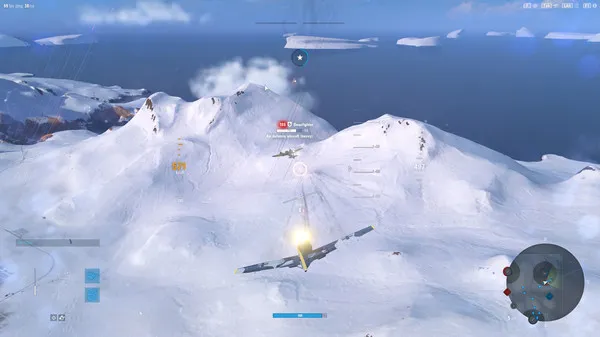
Implementing SBMM would allow players to face opponents of similar skill, improving match quality and player satisfaction. Ranked modes offer some separation, but they are limited in scope and seasonal availability.
SBMM Pros and Cons:
- Pros: Fairer matches, better competition
- Cons: Longer queues, reduced randomness
- Map Design and Its Influence on Matchmaking Map design plays a subtle but significant role in matchmaking balance. Some maps favor certain aircraft types—open maps benefit bombers, while urban layouts favor fighters. When matchmaking doesn't account for map-aircraft synergy, players may feel helpless.
A balanced match requires not just fair teams but appropriate terrain. Random map assignment combined with role imbalance creates unpredictable and often unfair gameplay experiences.
Map-Affected Imbalance:
- Terrain favors specific aircraft types
- Reduced tactical options for mismatched roles
- Unpredictable match outcomes
- Queue Times vs. Match Quality One reason matchmaking remains flawed is the trade-off between queue times and match quality. Developers prioritize fast matchmaking to keep players engaged, but this often results in uneven battles. During off-peak hours, the system may stretch tier limits or role distribution to fill matches quickly.
While fast queues are important, sacrificing match integrity leads to player frustration. A better balance between speed and fairness is needed, especially in competitive modes.
Queue Trade-Offs:
- Fast queues vs. fair matches
- Off-peak compromises
- Need for smarter matchmaking logic
- Community Feedback and Developer Response Players have voiced matchmaking concerns for years. Forums, Reddit, and Steam discussions frequently highlight tier spread, role imbalance, and premium aircraft dominance. While developers have acknowledged these issues, progress has been slow.
Recent updates have focused on visual improvements and new aircraft, but core matchmaking logic remains unchanged. Many players feel their feedback is ignored or deprioritized in favor of monetization.
Community Demands:
- Role-based matchmaking templates
- Tier spread adjustments
- Transparency in matchmaking logic
- Technical Constraints and System Limitations Matchmaking is constrained by server load, player availability, and queue algorithms. Implementing strict balance rules may increase wait times, especially during low-population periods. Developers must balance fairness with accessibility.
Additionally, the diversity of aircraft types and tiers complicates matchmaking logic. Creating mirrored compositions is difficult when players queue with niche aircraft or divisions. These technical challenges limit the scope of matchmaking reform.
System Constraints:
- Queue time vs. match quality trade-off
- Aircraft diversity and division mechanics
- Server load and regional player pools
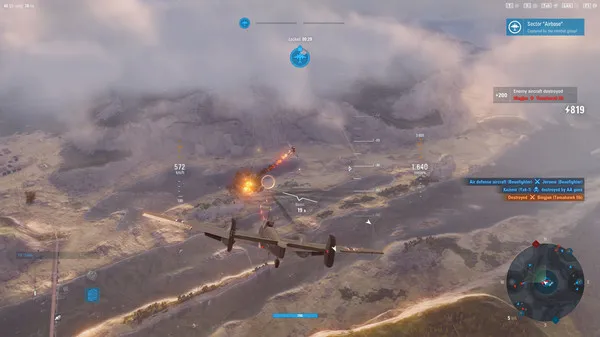
- Potential Solutions and the Road Ahead Fixing matchmaking in WoWP requires a multi-layered approach. Developers could implement role-based templates, reduce tier spread to +/-0, and introduce optional SBMM for competitive players. Transparency and communication are key to rebuilding trust.
Ultimately, matchmaking should enhance gameplay, not hinder it. By prioritizing fairness, diversity, and strategic depth, WoWP can evolve into a more balanced and rewarding experience for all players.
Suggested Improvements:
- Role-based matchmaking templates
- Tier spread reduction to +/-0
- Skill-based matchmaking options
- Improved transparency and patch notes
Conclusion World of Warplanes’ matchmaking system remains one of its most debated and impactful features. While the game offers thrilling aerial combat and a rich aircraft roster, tier imbalance, role distribution, and premium dominance continue to undermine match quality. Players across all tiers feel the effects of inconsistent matchmaking, leading to frustration and disengagement. By listening to community feedback and embracing systemic reform, developers have the opportunity to restore balance and elevate the competitive integrity of WoWP.





